Table of Contents
- I. Introduction
- II. Artificial Intelligence Crypto: An Overview
- III. AI in Crypto: Opportunities and Challenges
- IV. AI and Crypto: Current and Future Applications
- V. The Intersection of AI and Crypto: Potential Impact
- VI. Are AI Cryptocurrencies safe?
- VII. Are there AI Crypto projects available on the market?
- VIII. How do AI crypto coins work?
- IX. Conclusion
- FAQs
I. Introduction
Artificial intelligence (AI) is a field of computer science that tries to make machines smart enough to learn, reason, and do other things that usually require human intelligence. This is why AI is being used in tons of businesses. Crypto, on the other hand, is a term for digital currencies that use cryptography to secure and verify transactions and control the creation of new units. Researchers, investors, and industry experts have been paying close attention to the intersection of AI and cryptocurrency in recent years. We have already read how AI helps crypto: such as AI in crypto trading and mining. This is why the term artificial intelligence crypto is getting trendy.
Artificial intelligence Crypto: Significance of the topic
AI and cryptocurrency integration has the potential to transform the financial industry and open up new opportunities for investors, traders, and businesses. Crypto can improve security and transaction speed and provide personalized investment strategies by leveraging AI. Also, when these two technologies come together, they can make new digital currencies and payment systems.
This article aims to look at how AI and cryptocurrencies work together. It will look into the pros and cons of combining these technologies, the current and future uses of AI in the crypto industry and their possible effects on the financial industry and society.
II. Artificial Intelligence Crypto: An Overview
A. Explanation of Artificial Intelligence
Artificial intelligence is a term for computer systems that can act like humans to do things that only humans could do before. Things like seeing, hearing, deciding, and translating are all within the realm of possibility. There are three broad categories of artificial intelligence (AI), including narrow or weak AI, general AI, and super AI. Narrow artificial intelligence focuses on achieving concrete goals, while general artificial intelligence tries to make machines that can do any intellectual task a human can. “Super AI,” which would be more intelligent than humans in theory, is one possible type of AI for the future.
B. Explanation of Crypto
Cryptocurrencies are digital currencies that use encryption to protect trades, verify buyers and sellers, and control the amount of money in circulation. In 2009, the first and most famous cryptocurrency, Bitcoin, was launched. Thousands of other cryptocurrencies, such as Ethereum, Ripple, and Litecoin, have been created since then. Cryptocurrencies are digital currencies that any government or financial institution does not back.
C. History of AI and Crypto
In the early days of the internet, when e-commerce started, people started experimenting with new ways to transfer money online securely; this is where the history of AI and cryptography began. Cryptocurrencies have been around for a while, but they could compete with other types of money when blockchain technology came along. AI has also found its way into the cryptocurrency sector, used for predictive analytics, fraud detection, and individualized investment plans. The combination of these two technologies has vast potential to bring about innovation and change, but it is still in its early stages.
III. AI in Crypto: Opportunities and Challenges
A. Opportunities of AI in Crypto
- Trading and Investment: AI can analyze market data and identify trends, enabling investors and traders to make better decisions. It can also provide personalized investment strategies based on an individual’s risk tolerance and financial goals.
- Fraud Detection and Prevention: This is why AI is very useful in the finance sector. Cryptocurrencies are susceptible to fraud, and AI can help detect and prevent fraudulent transactions by analyzing patterns and identifying suspicious activity.
- Personalized Investment Strategies: AI can provide personalized investment strategies based on an individual’s risk tolerance and financial goals. This can help investors maximize their returns and minimize risk.
B. Challenges of AI in Crypto
- Security Issues: Crypto exchanges and wallets are vulnerable to cyber-attacks, and hackers can use AI to exploit vulnerabilities. This makes the integration of AI in crypto a double-edged sword, as it can both enhance security and be used for nefarious purposes.
- Lack of Regulation: The lack of regulation in the crypto industry challenges AI developers who must navigate the legal and ethical considerations of integrating AI into a largely unregulated market.
- Ethical Concerns: AI can perpetuate biases and perpetuate discriminatory practices. Integrating AI into the crypto industry raises ethical questions about who benefits from the technology and who is left behind.
IV. AI and Crypto: Current and Future Applications
A. Current Applications of AI in Crypto
Predictive Analytics: AI can analyze market data and identify trends, allowing investors and traders to make more informed decisions.
Sentiment Analysis: AI can analyze social media and other sources of data to identify the sentiment surrounding a particular cryptocurrency, providing insights into the market’s expectations.
Risk Management: AI can be used to monitor and manage risk, enabling investors and traders to reduce their exposure to market volatility.
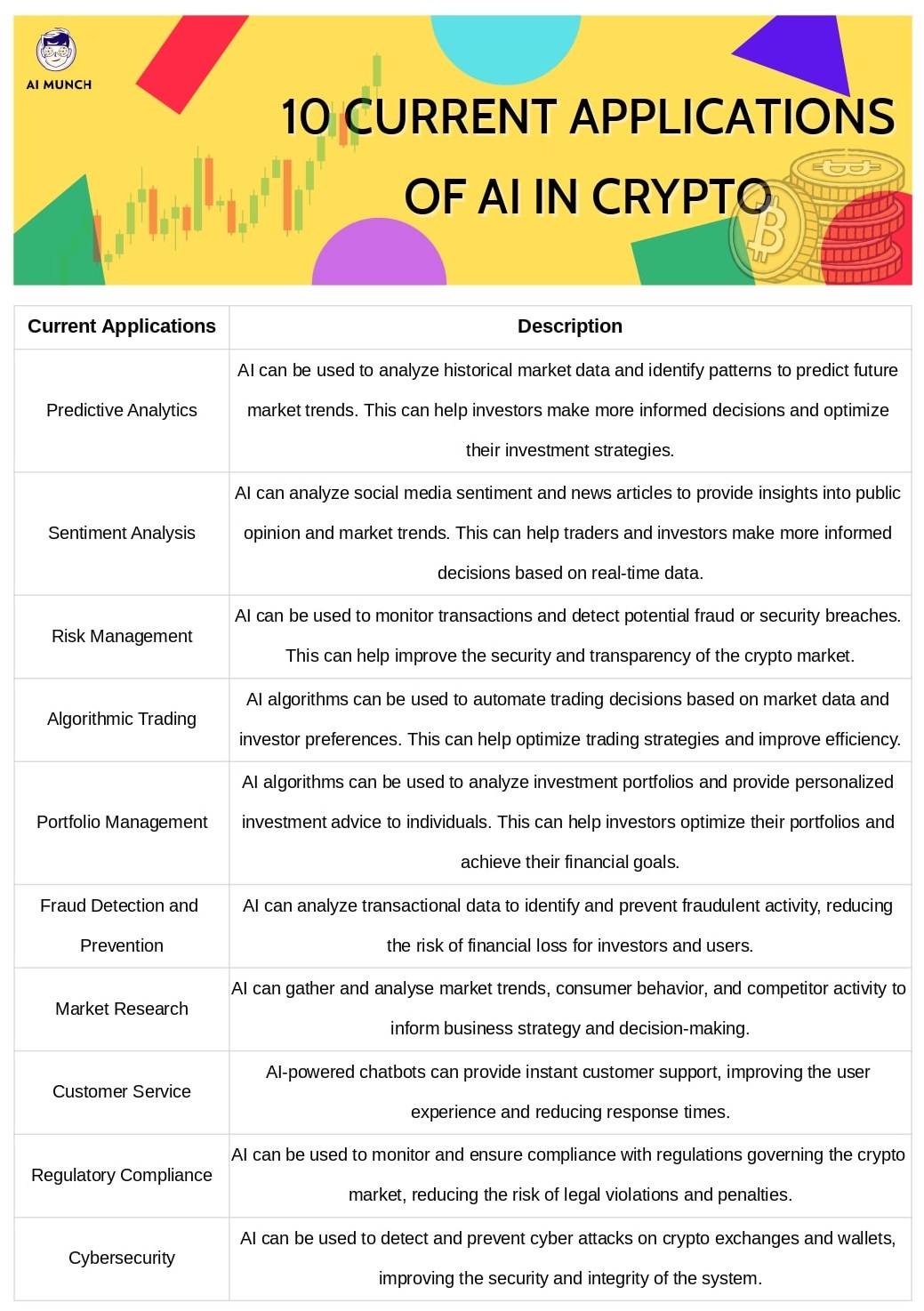
B. Future Applications of Artificial Intelligence Crypto
Smart Contracts: AI can be used to develop smart contracts, which are self-executing contracts that automatically enforce the terms of an agreement.
Improved Payment Systems: AI can improve the speed and security of payment systems by analyzing transaction data and identifying potential issues.
Blockchain Security: AI can enhance blockchain security by identifying vulnerabilities and preventing cyber-attacks.
In conclusion, combining AI and cryptocurrency will help the financial sector by giving financiers new options. But there are also significant problems to solve, like security worries, a need for more rules, and ethical problems. To make sure that AI and crypto are being used for the greater good as technology develops, these problems must be solved.
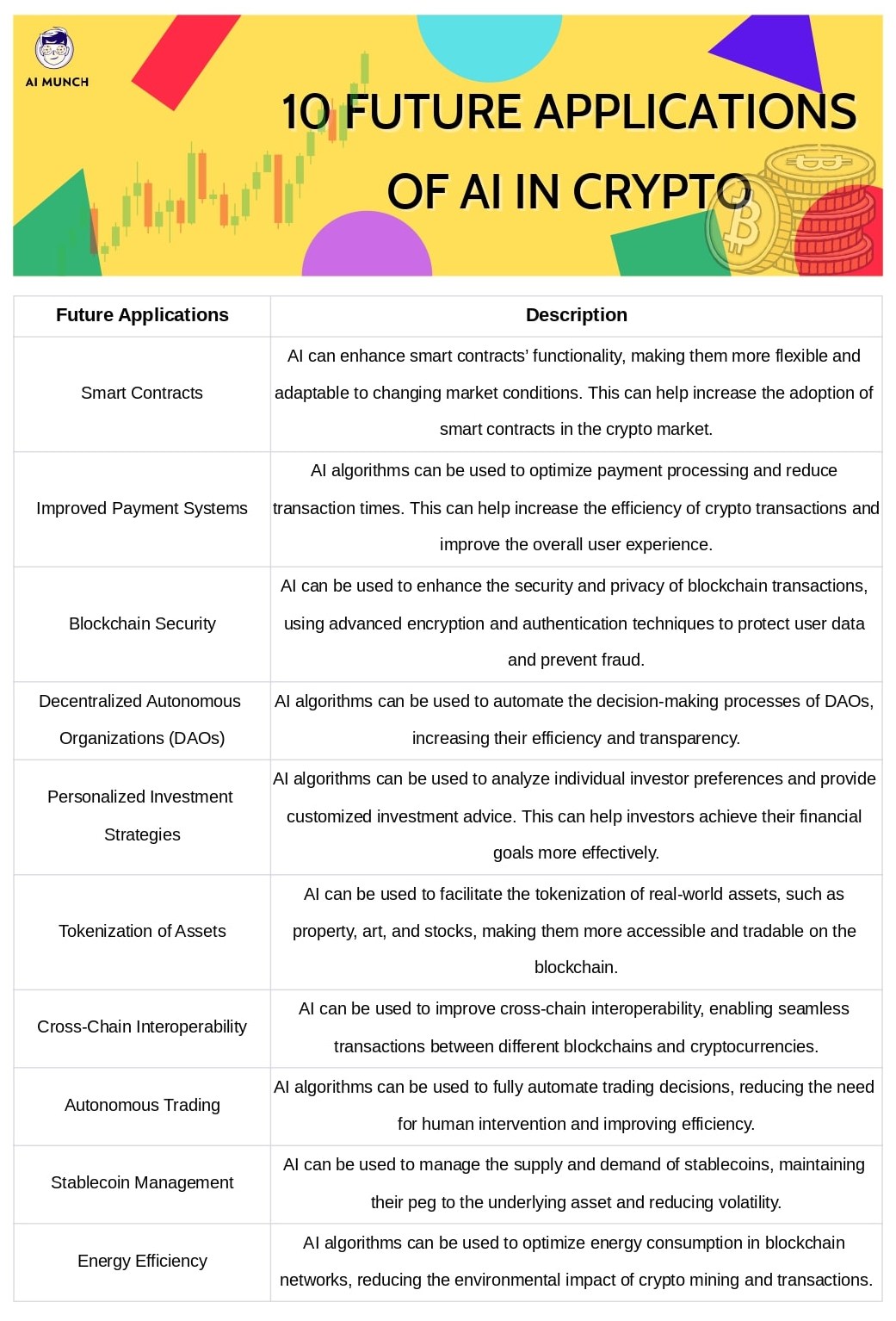
V. The Intersection of AI and Crypto: Potential Impact
A. Transformation of the Financial Industry
Improved investment decisions, streamlined operations, and increased security are just some of how the financial sector could benefit from AI and crypto integration. Using AI, people can find better investment opportunities and get more tailored investment advice. By cutting out intermediaries like banks, crypto enables instant, secure transactions. With AI and cryptocurrency working together, the current financial system could be changed entirely, making it fairer and more accessible for everyone.
B. Increased Efficiency and Transparency
Because AI can automate processes and shorten the time it takes to do a transaction, crypto transactions can become more efficient. It can make it simpler for investors and regulators to keep an eye on the market by supplying them with real-time data and analysis. Increasing trust and confidence in the crypto industry can be done by making how it works more open and efficient.
C. The Rise of Decentralized Finance (DeFi)
By combining AI and cryptocurrencies, decentralized finance (DeFi) aims to make the financial system more open and easy to use. DeFi platforms automate financial transactions by using blockchain technology and smart contracts. This gets rid of the need for go-betweens in the process. With the help of AI, DeFi platforms can become more reliable and secure, opening the door for more people to take part in the benefits of the decentralized economy.
VI. Are AI Cryptocurrencies safe?
AI cryptocurrencies are generally considered safe because they are built on secure blockchain technology that is impervious to hacking and fraud. However, just like any other type of investment, there are risks to investing in AI cryptocurrencies, such as market volatility and price fluctuations. AI in the crypto market can also be a security risk since bad people could try to exploit AI algorithms’ flaws or steal data from AI-powered systems. To lower these risks, research is essential, choose trustworthy AI cryptocurrency exchanges and wallets, and use strong security measures like two-factor authentication and keeping private keys safe.
It is also essential to keep up with changes and trends in the AI cryptocurrency market and check on investments often to ensure they are doing what was expected. Currently, regulators don’t keep a close eye on the AI cryptocurrency market, which can add to the risks for investors. But people are working on creating regulatory frameworks that will help make sure the market is safe and stable. Even though risks are involved with investing in AI cryptocurrencies, they can be a safe and potentially profitable investment option if proper research, caution, and security measures are taken.
VII. Are there AI Crypto projects available on the market?
Yes, there are more and more AI crypto projects on the market that combine the power of AI with blockchain technology. These initiatives seek to enhance the functionality and security of cryptocurrency and blockchain systems. Here are a few examples of such initiatives:
- Fetch.ai: We know machine learning can improve business intelligence. This project utilizes AI and machine learning to create a decentralized network of intelligent agents that can perform various tasks such as predicting market trends, optimizing supply chains, and managing energy grids.
- Numerai: This project employs AI to develop trading algorithms for the cryptocurrency market. Users can submit their algorithms to the platform and be rewarded with cryptocurrency for successful trades.
- SingularityNET: This project aims to build a decentralized marketplace for AI services where developers can monetize their AI algorithms, and consumers can access a wide range of AI-powered applications.
- DeepBrain Chain: This project focuses on providing a decentralized platform for AI computing. It allows users to rent out their computing power for AI tasks and rewards them with cryptocurrency for their contributions.
- Endor Protocol: This project utilizes AI to provide predictive analytics for the cryptocurrency market. It provides real-time predictions of future market trends and supports smart contract execution.
- Cortex: This project is focused on building an AI-based blockchain platform that allows developers to create AI-powered dApps (decentralized applications). It offers on-chain machine learning and model training capabilities.
- Neuromation: This project is developing an AI platform for creating and testing AI models. It leverages blockchain technology to provide a secure and decentralized platform for data scientists and AI developers.
These are a few of the top projects. We expect to see more innovative projects that use AI and cryptocurrency to transform the way we do business and interact with financial systems as the intersection of these technologies evolves.
VIII. How do AI crypto coins work?
AI crypto coins, also called AI-powered cryptocurrencies, use artificial intelligence technology to improve their work and what they can do. These coins are intended to use AI algorithms to improve market predictions, optimize trading strategies, and improve transaction security and privacy.
Depending on the coin’s use, the AI technology behind it can look different. Some AI coins, for instance, use machine learning algorithms to look at market data, find patterns, and predict what will happen in the future. This can assist traders in making better-informed decisions and optimizing their investment strategies.
Other AI coins use natural language processing (NLP) algorithms to look at the tone of social media posts and news articles to determine what people think and how the market is moving. This can help traders and investors make better decisions because it is based on real-time data.
Artificial intelligence improves cyber security. AI coins can improve the security and privacy of transactions while making it easier to predict the market and determine how to invest. Some AI coins use advanced encryption to ensure that transactions are safe and anonymous, protecting users’ identities and financial information.
AI crypto coins, in general, represent a new frontier in the intersection of artificial intelligence and cryptocurrency. As AI technology improves, we can expect to see even more creative uses for cryptocurrencies that AI powers in the future.
IX. Conclusion
The artificial intelligence and cryptocurrency intersection rapidly expands with numerous opportunities and challenges. We’ve talked about how artificial intelligence (AI) can be used to improve the functionality and security of cryptocurrency and blockchain systems and the potential impact of these technologies on the financial industry.
Fetch.ai, Numerai, SingularityNET, DeepBrain Chain, Endor Protocol, Cortex, and Neuromation are among the AI crypto projects changing how we do business and interact with financial systems.
Final Thoughts on Artificial Intelligence Crypto
As AI and cryptocurrency grow, knowing the risks and benefits is essential. AI can give valuable insights and make things run more smoothly, but it also brings up new security and moral issues.
People, businesses, and policymakers must stay informed and take action to ensure these technologies are used safely and responsibly. AI and cryptocurrencies must be built with care and transparency to ensure a fair and sustainable future.
Call to Action for Further Exploration
Artificial intelligence is being implemented in the metaverse. In some ways, New solutions must be explored and developed to realize the full potential of AI and cryptocurrency. Experts in AI, blockchain, finance, and other relevant fields may need to work together, and there may be a need for ongoing research and experimentation. This has certain benefits for web 3.0 as well.
Individuals and businesses can also contribute to the industry’s growth by staying informed and investing in innovative AI crypto projects. We can unlock the full potential of these technologies by working together, paving the way for a more secure, efficient, and equitable financial system.
FAQs
One of the most well-known tokens in the cryptocurrency market is AGIX—the SingularityNET platform’s native token. The users of this marketplace can buy and sell goods associated with artificial intelligence. It also allows for the exchange of data models and other AI-related resources.
SingularityNET (AGIX) is a decentralized Artificial Intelligence (AI) platform based on two leading smart contract blockchains — Ethereum (ETH) and Cardano (ADA).
The Graph and SingularityNET are two blockchain platforms for AI like The Graph that are powered by tokens called AI cryptocurrencies. Users spend tokens to access the platforms and use the built-in AI.
Automated trading systems can be lucrative if they are set up correctly. The best crypto trading bots will always generate a profit, so be sure to put them through a thorough test run or secure a guarantee before making a purchase. Therefore, understanding how they function is crucial.
The size of your budget is also a significant factor. Those who trade with smaller sums of money will see smaller returns than those who invest thousands. You can expect to make between $2,000 and $3,000 per month on average, though, once again, this will vary from trader to trader.
Do you want to read more? Check out these articles.
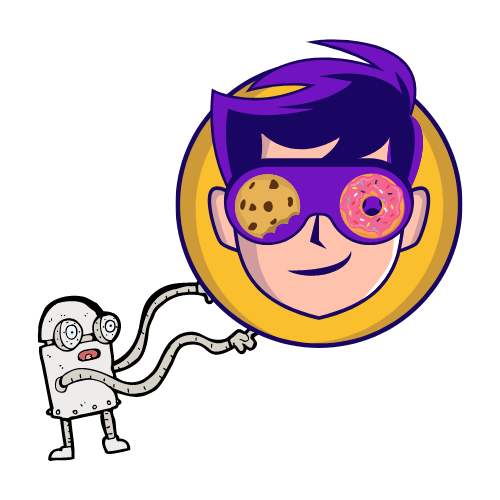


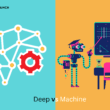
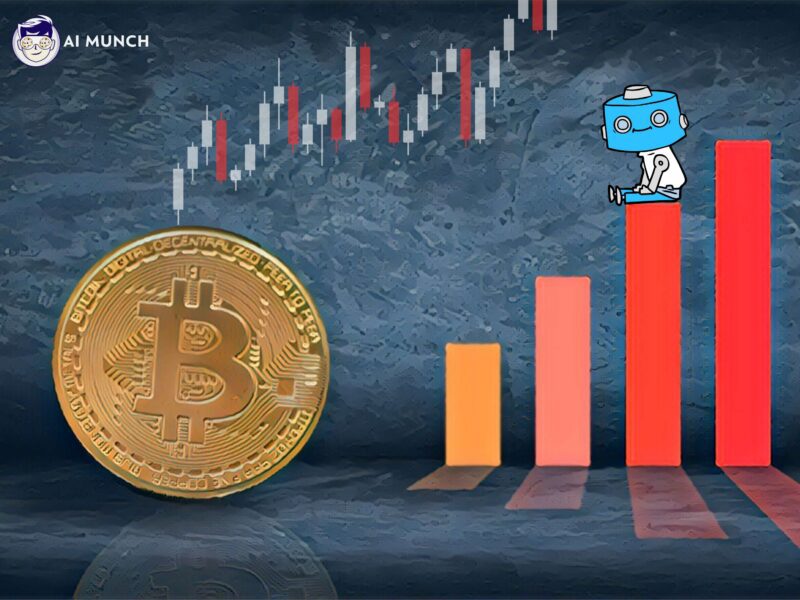

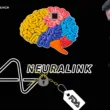

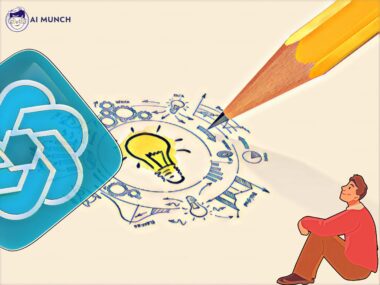


Artificial Intelligence Crypto: 10 current and future applications of AI
prtweyfod http://www.gi7304oe755n022mg48cgl58g6hqh0urs.org/
[url=http://www.gi7304oe755n022mg48cgl58g6hqh0urs.org/]uprtweyfod[/url]
aprtweyfod